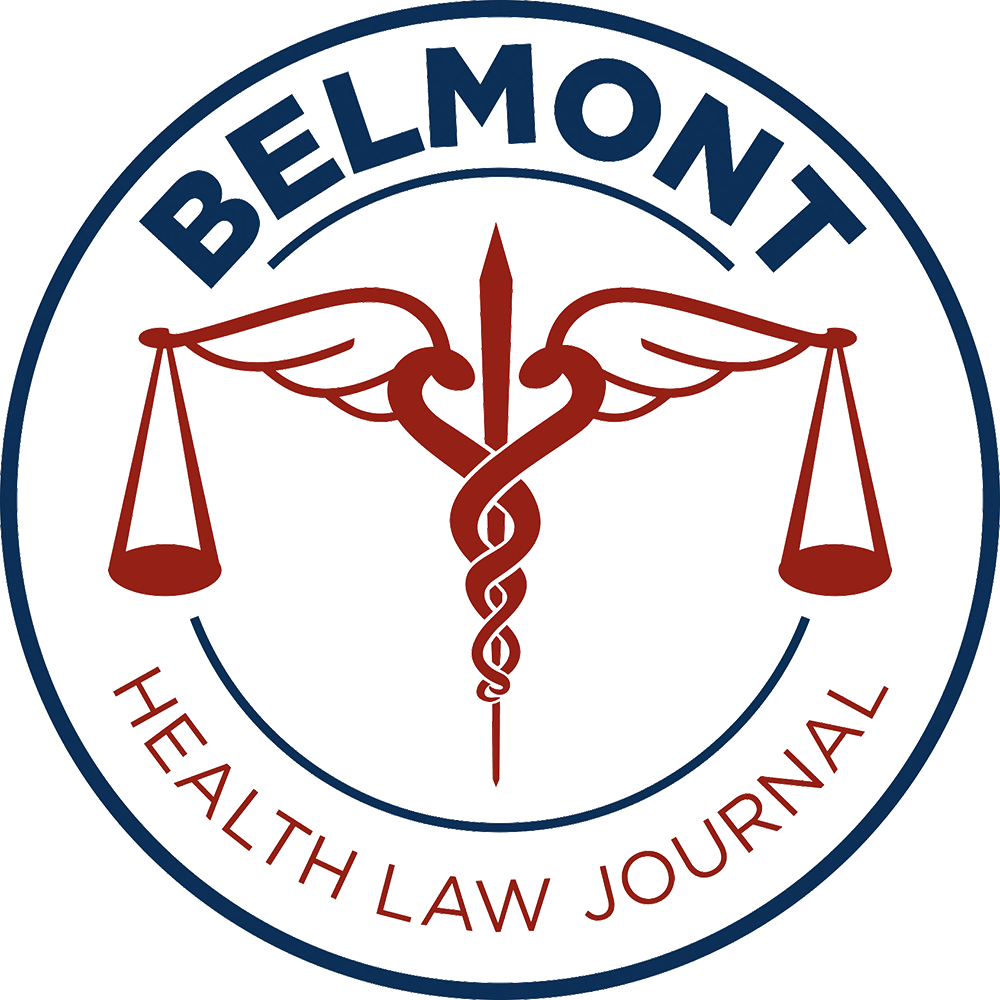By Curtis Campbell, Class of 2019; Kim Looney, Partner at Waller
The Cigna-Express Scripts and the CVS Health-Aetna mergers are among the most significant healthcare mergers of the past decade and are anticipated to transform the U.S. healthcare business. Both of these vertical deals have successfully shown how they can provide consumer benefits in order to pass federal antitrust scrutiny.
Cigna-Express Scripts
The Department of Justice decided not to challenge Cigna’s $67 billion acquisition of Express Scripts because the deal would “unlikely result in harm to competition or consumers.” Regulators spent six months on the investigation, reviewed more than 2 million documents, and interviewed more than 100 people before reaching their conclusion. However, while the federal antitrust division will not seek to block the merger, the deal is still subject to state regulations and various departments of insurance. The deal is expected to close at the end of the year.
Because the DOJ is not challenging the merger, Cigna is closer to putting its medical benefit services and Express Scripts expertise in pharmacy benefit management under one roof. This will potentially help rein in spending on costly specialty drugs. However, there is some concern that consumers could end up at the “mercy of a handful of giants” as choices of medical care and pharmacy become a thing of the past. However, backers of the merger thought that it will create efficiencies in the market. Cigna CEO David Cordani stated that “we are another step closer to completing our merger and delivering greater affordability, choice and predictability to our customers and clients as a combined company.
Given the lack of overlap between Cigna’s business versus Express Scripts, analysts stated that it is not surprising that the merger went through. Cigna had to overcome last-minute opposition from some investors, but they backed down after major shareholder advisory firms came out in support of the deal. Cigna executives said they expect the deal to result in earnings per share to increase from $18 to $20-21 by 2021 with a long-term annual growth of 6 to 8 percent.
CVS Health-Aetna
Shortly after approving the Cigna-Express Scripts merger, the DOJ also conditionally approved the $69 billion merger between CVS Health and Aetna. The conditional approval was based on Aetna’s decision to sell off its private Medicare drug plans. This addressed the government’s concerns that the combined companies would control too much of the healthcare market.
CVS Health had revenues of about $185 billion last year and provided prescription plans to roughly 94 million customers. Aetna had about $60 billion in revenue last year and currently covers 22 million people in its prescription health plans. With this merger, the two companies hope to better coordinate care for consumers as the mergers aim to help tighten cost controls. The merger focuses on Aetna’s addition of a retail component and the use of CVS’s 10,000 pharmacies and 1,100 retail clinics to deliver care, enabling a variety of new services to be brought into its retail stores, potentially transforming the corner pharmacy chain to a healthcare hub with thousands of locations. This change could enable CVS stores to serve as a location where someone could get care for ailments ranging from a sore throat to diabetes. A person could also potentially go to a CVS store to get blood tests to monitor chronic conditions.
These two mega-mergers continue the growing trend of healthcare companies vertically integrating to improve quality and lower healthcare costs. With more consumers going to outpatient facilities instead of hospitals, this merger could help claim more of a market share in the healthcare industry by utilizing the CVS stores to attract more consumers. The merger also could help by decreasing deductibles and lowering out-of-pocket spending, which are two primary concerns for consumers when deciding to seek medical care.
These mergers could also put pressure on rival companies to come up with their own deals. Critics worry that these mergers mean that consumers could end up with fewer options and higher expenses because consumers could have less control over their medical care and prescription drugs. Only time will tell how these mergers actually affect consumers going forward.
